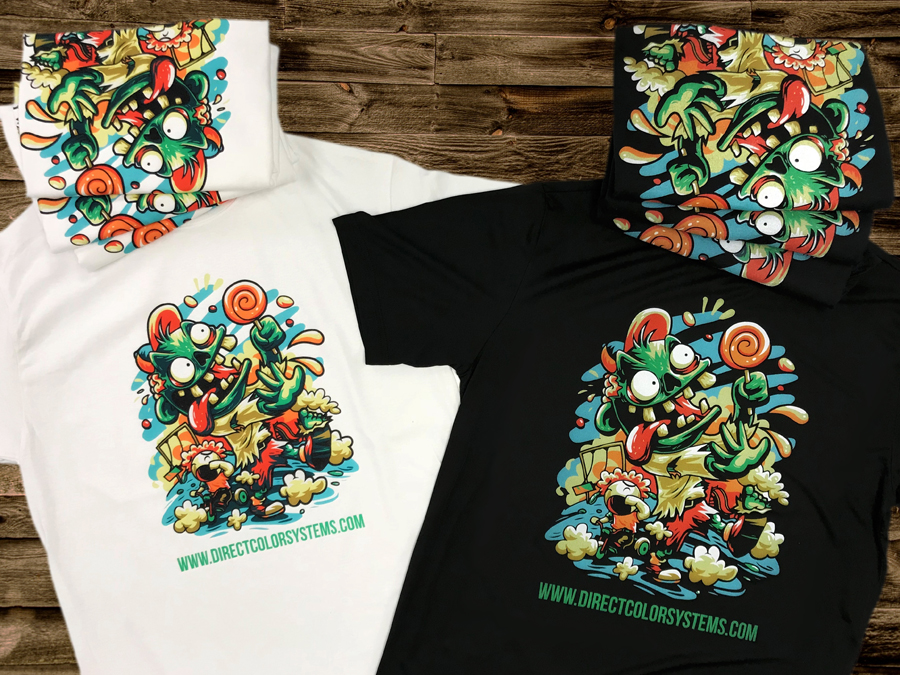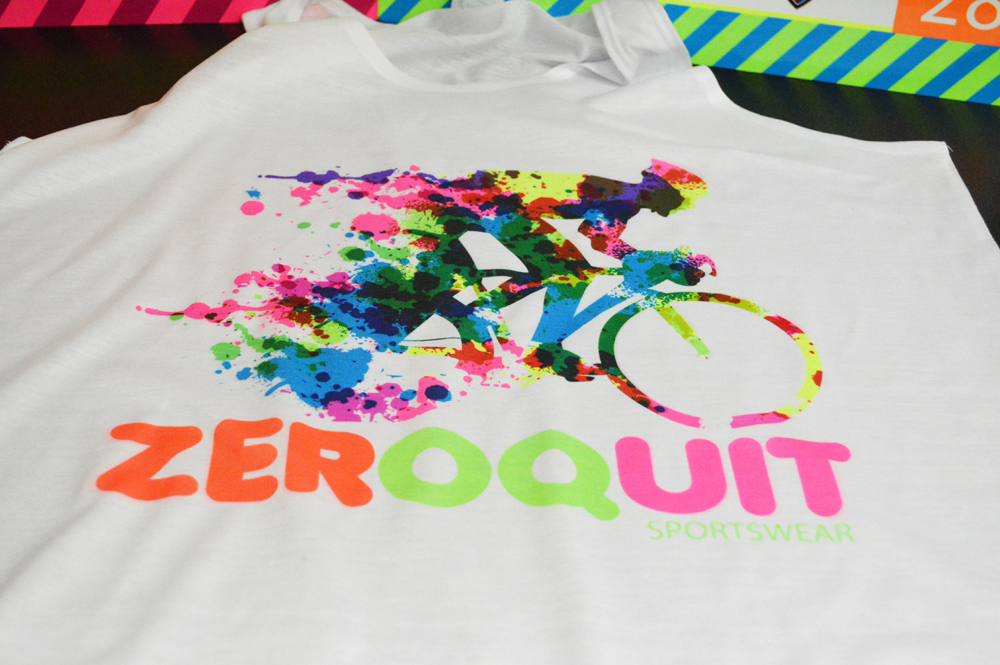Every product decorator using dye sublimation wants to maximize profits but may have misconceptions that hinder profit-making. Jimmy Lamb, Sawgrass’ Manager of Education, says the secret to success is maximizing production efficiency and setting prices that compete with market demands.
“One of the simplest things a product decorator can do to boost profits is to take a more realistic and complete view at the total cost of running their business and then set profitable prices,” Lamb said. “Something I hear often is how dye sublimation printing businesses want to save money on ink, but these same businesses rarely include overhead when calculating total production costs. The reality is that making production as fast and efficient as possible saves considerably more money than reducing the cost of ink.”

Lamb offers several tips that anyone who sublimates can use to boost their profit margins and make more money.
- Focus on the Right Costs: Many decorators focus only on ink, paper and substrate costs when determining how much is spent on production. This calculation leaves out all the overhead costs, including rent, power, insurance, phone, Web site, e-mail, advertising, marketing collateral, chamber and professional association fees, etc.
A more accurate calculation of production costs should include all the anticipated overhead costs for the year, including a desired paycheck for yourself. Overhead costs and your salary should be allocated proportionately to the price of your products to ensure profitability. If prices are too high after overhead and salary are factored in, then focus on reducing overhead costs or focus on increasing production so that the allocation of these costs is smaller.
- Cutting is Not the Answer: When you have an expense of several hundred dollars, that can seem like a great place to cut costs. But the reality is that reducing the cost of ink makes a negligible impact on profit margins given the small amount of ink that is actually used to decorate an individual product.
For example, if you had an order of shirts that needed an 8.5-by-11-inch full bleed print, and you used an SG800 with Extended Capacity Cartridges, your ink cost per shirt would be $0.44. If you cut your ink costs by 50 percent, it would save $0.22 per shirt in production costs but will cost much more in waste and rework with lower quality ink that does not have the desired consistency.
- Never Discount Quality: Sublimation is a business where “you get what you pay for.” Trying to cut ink costs results in a reduction in quality.
This has a three-fold danger. First, you run the risk of damaging your printer when you choose inks that are not made specifically for the printer you’re using. Impurities, air bubbles, contaminants and more can get into your ink lines and damage the print head, which is costly to replace.

Second, the chances of producing prints with banding, stray ink spots and other unintended imaging are much greater causing rework, wasted materials, and lost time—all which cost you money.
Third, people will pay more for excellent images, which is what you get using Sawgrass inks. When you use lower quality ink you risk producing prints that don’t meet customer expectations and you can’t charge as much for your products.
- Save with Efficiency: Sublimation is a process of create, print, and press, with the printing and pressing only taking an average of two minutes. The creation of artwork and preparing of files takes the most time within sublimation jobs.
Estimate how many minutes it would take you to complete the create, print, press process to come up with a true cost of your product. The more you produce, the lower the cost—and the higher the profit you can make. Taking advantage of jobs where you can print and press multiple products at once will result in even greater profit.
- Forget the Old Formula: The rule of thumb for most retailers is to multiply cost times two or three, to ensure profit. With sublimation, however, this formula can leave a lot of money on the table. The reason for this is that the cost of production is often many more times less than the price the market will bear.

For example, the cost to produce a 14-by-14-inch velvet pillow, with a premade design, may cost you $5 to make and can easily sell for $20 in most markets. That’s cost times four. If you tweak the design to add in someone’s name, you can add another $5 to $10 to the price—resulting in cost times five or six.
You can learn more about maximizing your sublimation profit with Sawgrass’ two free webinars about The True Cost of Sublimation Printing on Tuesday, January 30, 2018, hosted by Lamb. For more information, contact Robin Kavanagh at [email protected] or visit www.SawgrassInk.com.











